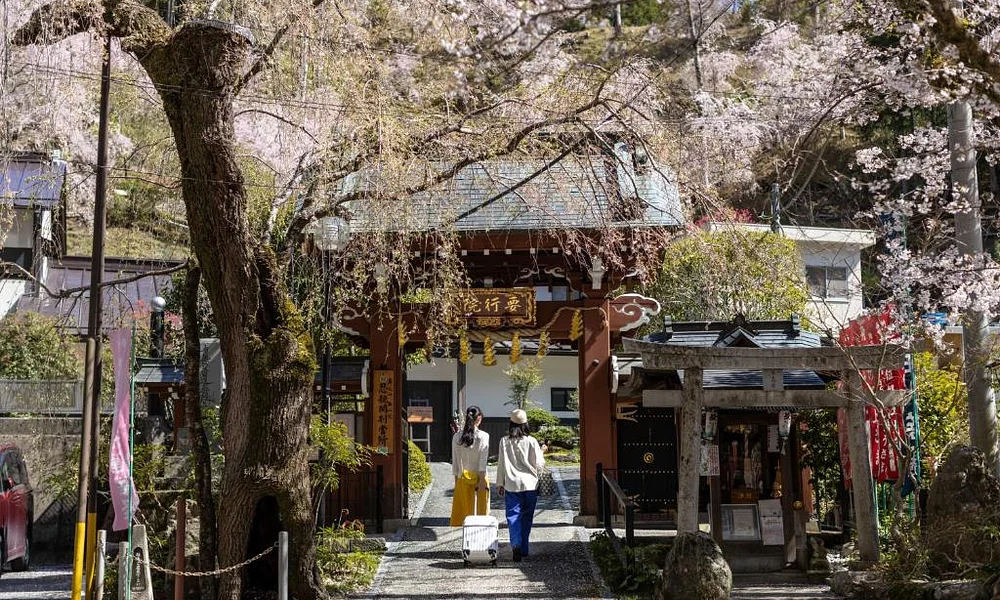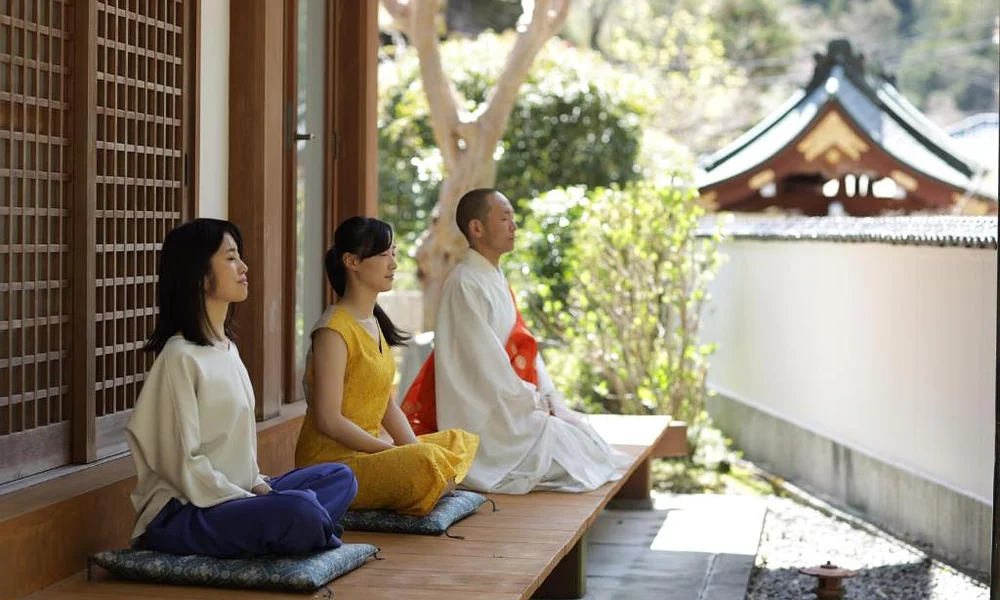The tradition of shukubo, or temple stays, arose during the Heian Period and was born out of necessity and not monetary gain. Temple properties were furnished with accommodations to provide adequately safe and comfortable stays for traveling monks and adherents on pilgrimage. Over the centuries, shukubo around Japan also integrated Buddhist experiences and conventions. Global travel in the modern world has opened up new opportunities for Buddhist temples, and they now welcome visitors looking for spiritual retreats. Aside from bedrooms, some like Shimano-bo also prepare immersive experiences and special Buddhist cuisine to showcase their specific brand of Japanese hospitality.
Thanks to meticulous record-keeping by the monks, Shimano-bo's founding dates back to February 8, 1275, and was established by Zenchi Hoin. Its original location was Mount Komuro, in the town of Kofu. One major legend tied to the temple's and founder's history took place during the visit of Nichiren Shonin, the founder of Nichiren Buddhism. After losing a debate with Nichiren Shonin, Zenchi Hoin sought to poison the traveling monk but was thwarted. Seeking repentance, Zenchi Hoin became a student of Nichiren and was bestowed the new name Hizenkou Echou Ajari Nichiden Shonin. Upon his return to Mount Komuro, he renamed the temple Myouhou-ji. He also created a hermitage where he could repent and serve Nichiren Daishonin, which eventually became Shimano-bo.
The modern Shimano-bo we know came about when the hermitage was relocated in 1830 and merged with other temples in the region. The 33rd head priest, Sato Jungyo, currently leads the temple. Recently, Shimano-bo also celebrated its 750th anniversary in 2024.
























